Sales Process Automation is a game-changer in today’s fast-paced business landscape, where relying on manual sales processes can hinder growth and lead to missed opportunities. By automating key workflows, companies can enhance speed, accuracy, and consistency in every client interaction, allowing teams to focus on building relationships and closing deals rather than managing repetitive tasks. Integrating APIs into your sales automation strategy takes this transformation even further, enabling seamless connectivity between tools and systems. APIs allow for real-time data sharing, streamlined processes, and synchronized tasks, which ultimately saves time and maximizes efficiency. Embracing API-driven sales automation empowers teams to reach their goals faster, delivering a competitive edge and setting up for long-term success.
In our previous blogs, we explored how API automation transforms customer service response times—you can read more about it here. We also discussed the benefits of API automation for small businesses looking to scale efficiently, which you’ll find in this post. Now, let’s dive into some powerful sales automation ideas that leverage API integrations to streamline your sales journey and drive better results.
Table of Contents
Automate Lead Scoring and Prioritization with Real-Time Data
Sales Process Automation is essential for effectively prioritizing leads and capturing every revenue opportunity. By integrating APIs from your CRM or marketing platforms, such as Salesforce or HubSpot, you can establish an automated lead scoring system that ranks leads based on engagement level, demographics, and interaction history. This automated approach, powered by real-time data syncing through APIs, enables the most valuable leads to consistently rise to the top of your team’s list, ensuring no opportunity slips through the cracks.
For instance, Salesforce’s API can be configured to update lead scores automatically, reflecting the latest data and directing your team’s attention to the most promising prospects. With Sales Process Automation, this continuous flow of information enables sales teams to focus their efforts on leads that are most likely to convert, resulting in higher productivity and improved conversion rates. By embedding these automations into your workflow, you not only save time but also create a system that keeps your team aligned with high-impact interactions, making the entire sales process more efficient and profitable.
External Link Suggestion: Learn more about Salesforce’s API and integration possibilities here.

Sync CRM and Marketing Platforms for Personalized Outreach
Sales Process Automation plays a crucial role in creating a personalized sales experience that builds trust, strengthens customer relationships, and significantly boosts conversion rates. When leads receive messages tailored specifically to them, engagement and response rates naturally increase. However, achieving this level of personalization can be challenging and time-consuming if sales and marketing data remain scattered across different platforms. Sales Process Automation addresses this by centralizing data, allowing teams to have a real-time, holistic view of each lead’s interactions and preferences. With automated processes in place, delivering a consistent, personalized experience becomes far more achievable, reducing inconsistencies and enhancing the overall customer journey.
This is where API integrations between CRM and marketing platforms become essential. With APIs, teams can seamlessly share and synchronize data across different tools, creating a unified view of each customer. This means that marketing and sales teams have instant access to the latest data on lead behavior, preferences, purchase history, and engagement. Whether it’s tracking how often a lead opens emails, monitoring their activity on the website, or logging interactions in the CRM, all insights are updated in real-time and available to both teams.
For example, by leveraging APIs from CRM tools like Zoho or email marketing platforms like Mailchimp, companies can automate data collection and retrieval. This allows teams to pull in information about each lead’s past interactions, purchase patterns, and engagement levels, creating a comprehensive profile. Instead of spending valuable time manually updating records, teams can focus on designing highly tailored outreach strategies, as they have access to detailed information on each lead’s unique journey.
The benefits of this integration go beyond simple efficiency. With access to real-time, accurate data, sales reps can craft personalized emails that speak to specific customer interests, or set up automated follow-up sequences based on where a lead is in the sales funnel. For instance, a prospect who recently downloaded a product guide can automatically receive a follow-up email inviting them to a demo, while an existing customer expressing high engagement can receive special offers for upgrades or add-ons. This personalized approach not only improves customer engagement but also enhances the likelihood of conversion by delivering the right message at the right time.
Ultimately, API-driven integration enables companies to build deeper connections with their customers by making every interaction more relevant, timely, and engaging. This seamless data sharing doesn’t just streamline internal processes—it empowers teams to deliver a memorable, individualized experience that builds lasting customer loyalty and drives sales.
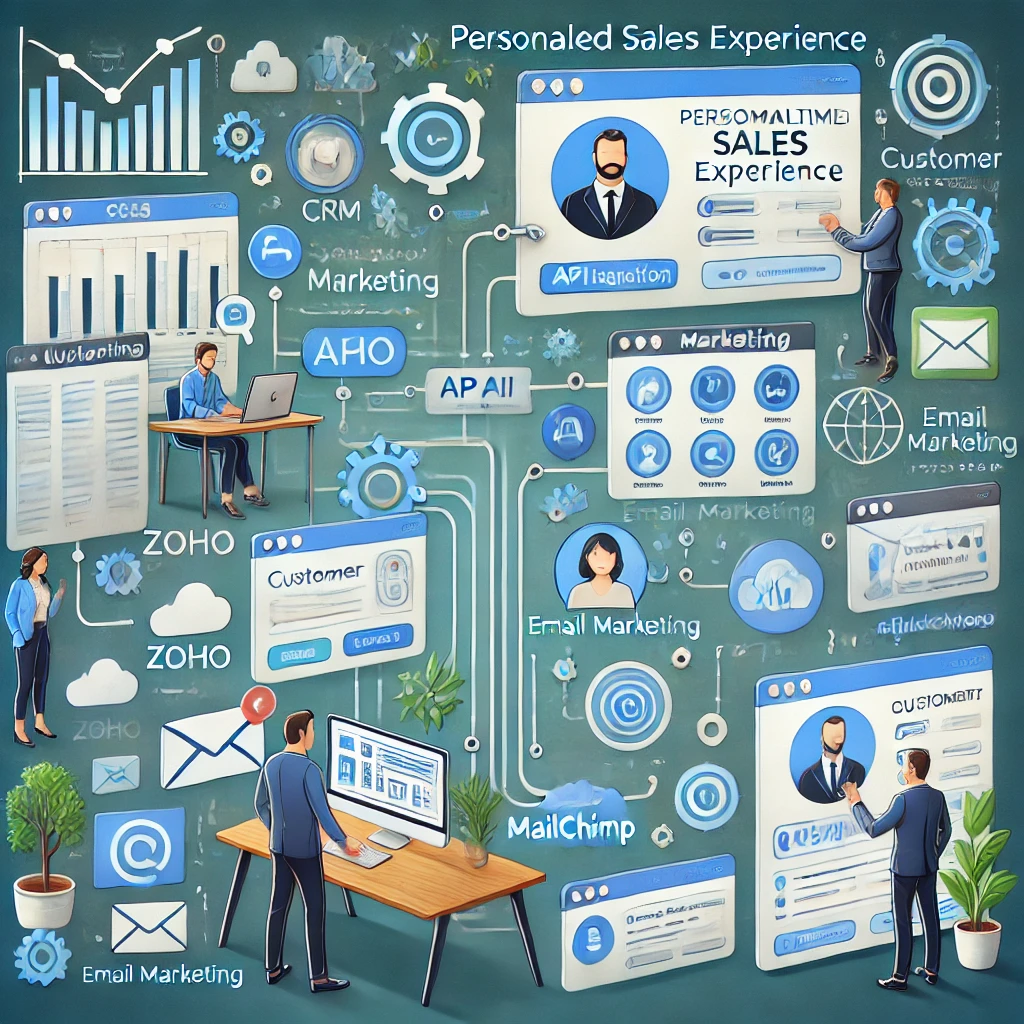
Automate Data Entry and Updates Across Multiple Systems
Sales Process Automation is essential for reducing the time and errors associated with manual data entry, which can slow down sales processes and compromise data accuracy. Every time information—such as sales records, customer interactions, or lead details—is manually entered or updated across multiple systems, there’s a risk of duplication, missing data, or inconsistencies. By implementing Sales Process Automation, companies can streamline data handling across platforms, ensuring that all information is accurate and up-to-date. This automation not only boosts productivity but also protects the quality of customer relationships by providing reliable, real-time information for better, more informed interactions.
Automating data entry and updates across systems using APIs offers a powerful solution. By connecting essential tools, such as your CRM, project management platform, and communication apps, APIs create a unified, automated data flow. For example, Zapier’s API integrations allow you to seamlessly link applications like Google Sheets, Slack, and CRM systems. When integrated, these tools work together to ensure that data is automatically synced, updated, and accessible in real-time, reducing the need for manual input.
With automation, sales teams can focus on tasks that drive growth, like nurturing leads and closing deals, rather than correcting data entries. Automated data movement also strengthens reporting accuracy, allowing leaders to make better, data-driven decisions without the constant need for cross-checking data sources. In the end, API-driven data automation ensures that your team has reliable, up-to-date information readily available—paving the way for higher efficiency and fewer errors in the sales process.
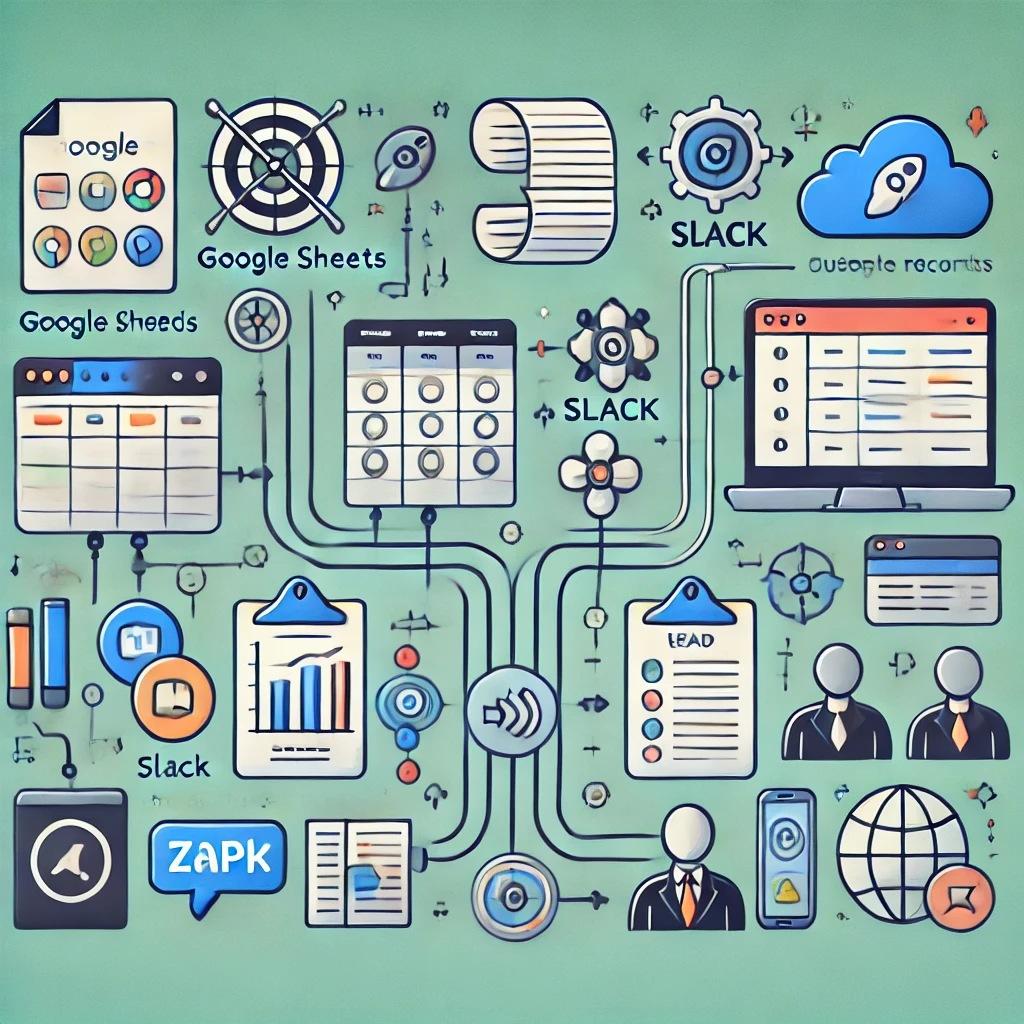
Streamline Follow-Up Sequences with Automated Triggers
Sales Process Automation is crucial for executing effective follow-ups, as it can make the difference between closing a deal and losing a lead. However, manually timing these follow-ups can be challenging, often leading to missed opportunities. With Sales Process Automation through API-powered tools, you can set up automated follow-up triggers based on user actions or a lead’s position in the sales funnel. This approach ensures that leads are engaged at the most opportune moments without adding extra workload to your sales team, allowing for a seamless, timely follow-up process that maximizes conversion potential.
For instance, by integrating your CRM with an email marketing tool like ActiveCampaign, you can create automated follow-up sequences tailored to specific triggers. These triggers can range from simple actions—like an abandoned shopping cart or a missed call—to more complex scenarios, such as a lead showing repeated interest in a particular product. APIs enable seamless communication between systems, allowing relevant data to pass between your CRM and email tool in real-time. This means that once a key event occurs, a follow-up is automatically triggered, ensuring the lead receives a timely, relevant message.
Sales Process Automation not only improves efficiency but also significantly enhances the customer experience. By automating follow-up processes, businesses can ensure they reach out at the most opportune moments, keeping leads engaged and maximizing the likelihood of conversion. With Sales Process Automation powered by API-driven follow-up triggers, companies can strengthen their connections with leads, improve response rates, and ultimately boost overall sales performance. This automated approach helps create a seamless, timely engagement that resonates with customers, fostering long-term loyalty and growth.
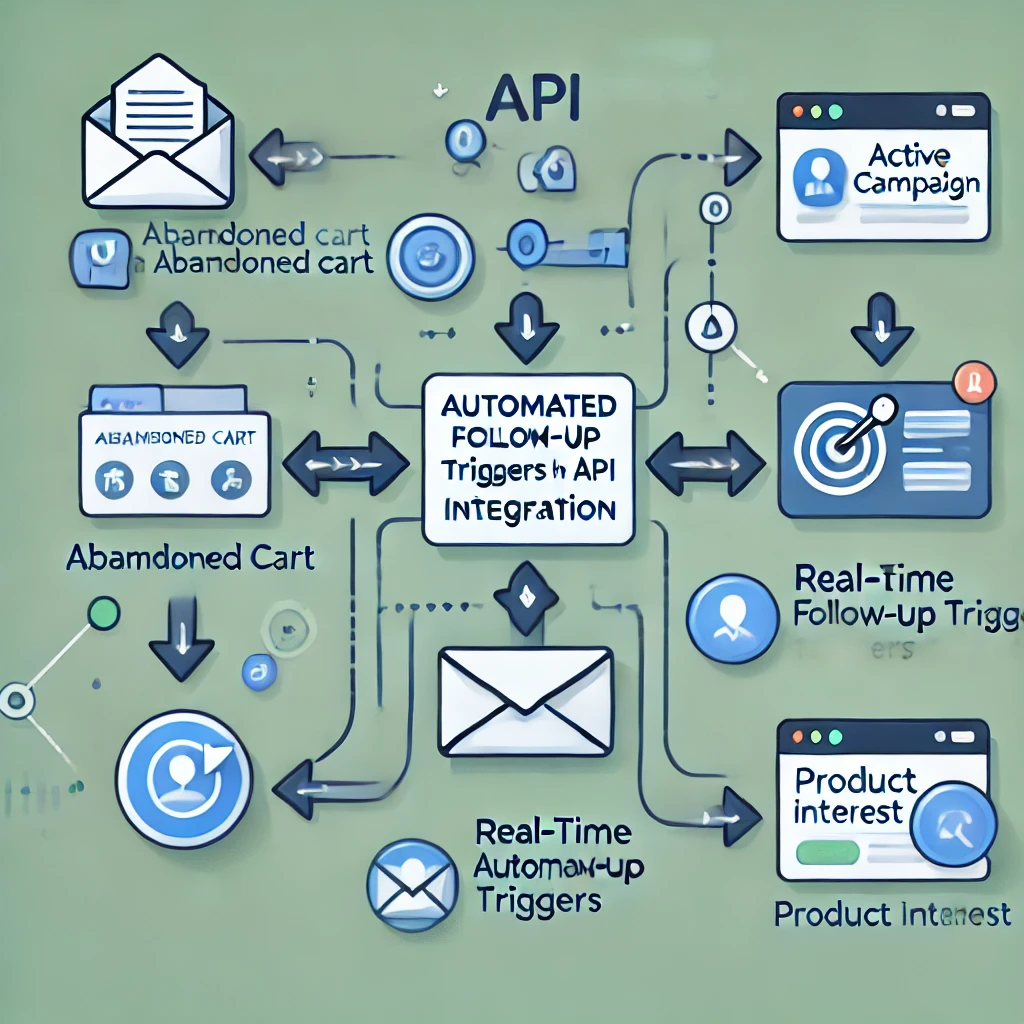
Sales Process Automation : Document Creation and E-signatures for Faster Deals
Sales Process Automation is a game-changer for finalizing deals, as it reduces the delays often caused by cumbersome paperwork. Traditionally, closing a deal requires multiple document exchanges, signatures, and follow-ups, which can slow down the entire process. By incorporating Sales Process Automation through API integrations with e-signature platforms like DocuSign or Adobe Sign, you can streamline and automate document generation and signing. This automated approach removes bottlenecks, reduces manual effort, and accelerates deal closure, enabling your team to finalize contracts faster and with
For example, integrating DocuSign’s API into your sales workflow allows documents to be automatically created and sent to the client at a specific stage in the sales process—whether it’s an initial agreement, a contract, or a purchase order. With automated tracking, you can monitor the document’s status in real-time, ensuring that follow-ups are prompt and timely. This setup significantly enhances the efficiency of closing deals by reducing back-and-forth communication and giving both sales reps and clients a smoother, more seamless experience.
Overall, Sales Process Automation not only accelerates the deal-closing process but also reduces the burden of manual tasks, allowing sales teams to focus on building meaningful relationships and driving growth. By minimizing repetitive steps through Sales Process Automation, teams can engage more effectively with clients, fostering stronger connections and trust. At the same time, clients benefit from the speed and simplicity that automation brings, enjoying
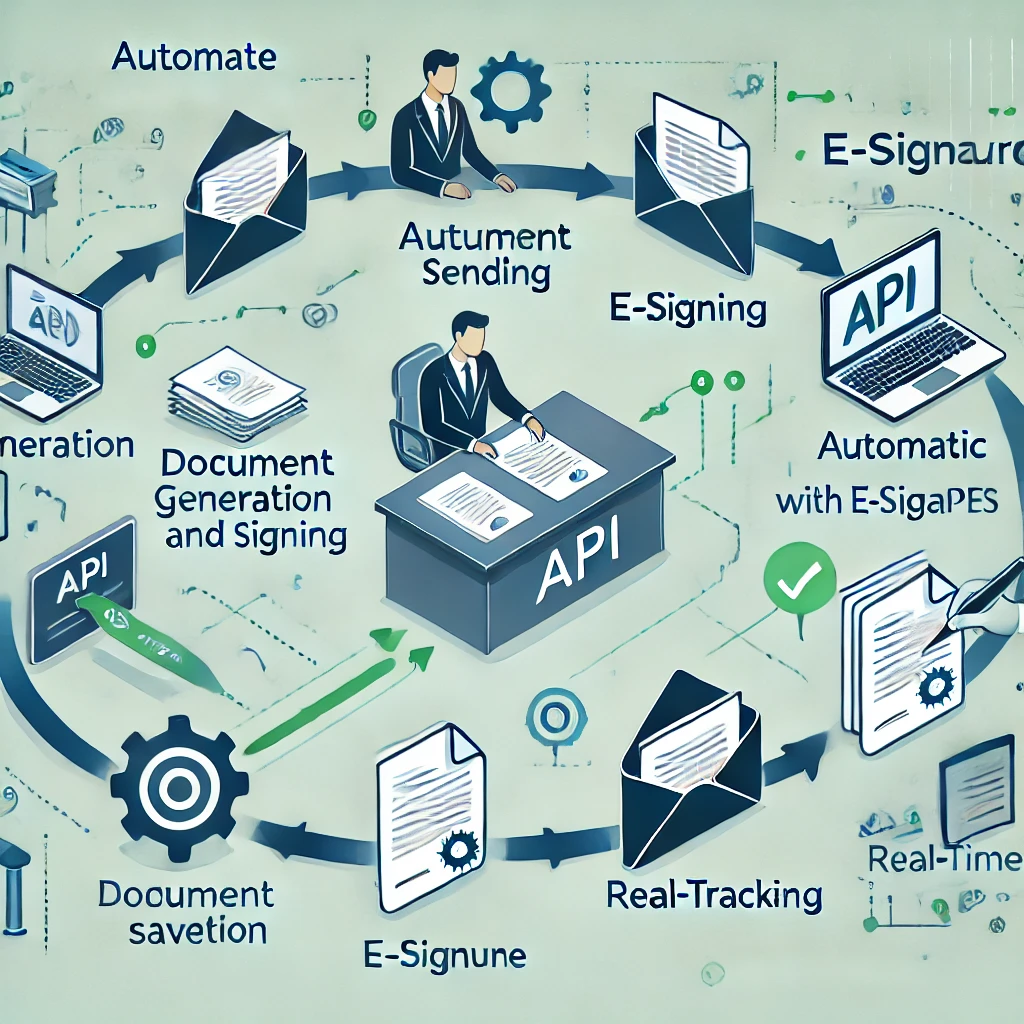
Conclusion
Implementing these Sales Process Automation strategies offers transformative benefits for your sales team, helping them work smarter and more efficiently. By automating repetitive tasks and integrating APIs to bridge various platforms, you enable a unified system where data flows seamlessly and updates in real time. This approach doesn’t just save time; it creates a robust framework for ensuring accuracy, reducing manual errors, and freeing your team to focus on high-value activities like engaging directly with leads and nurturing customer relationships.
With Sales Process Automation, your team can prioritize interactions that matter, leading to stronger client relationships and higher conversion rates. Automated workflows mean that every aspect of the sales process—from lead scoring to follow-ups and document handling—is streamlined, allowing your team to act quickly and effectively. API integrations enable your systems to communicate seamlessly, keeping customer data synchronized and accessible across platforms, so every team member is empowered with the right insights at the right time.
As you consider and implement these automation strategies, think about the specific pain points in your sales process and how each solution can address them. By tailoring automation to your unique sales needs, you build a future-ready sales process that not only boosts productivity but also drives long-term growth and success. Sales automation ultimately positions your team for sustained excellence, creating a competitive edge in an increasingly fast-paced market where responsiveness and personalization are key.

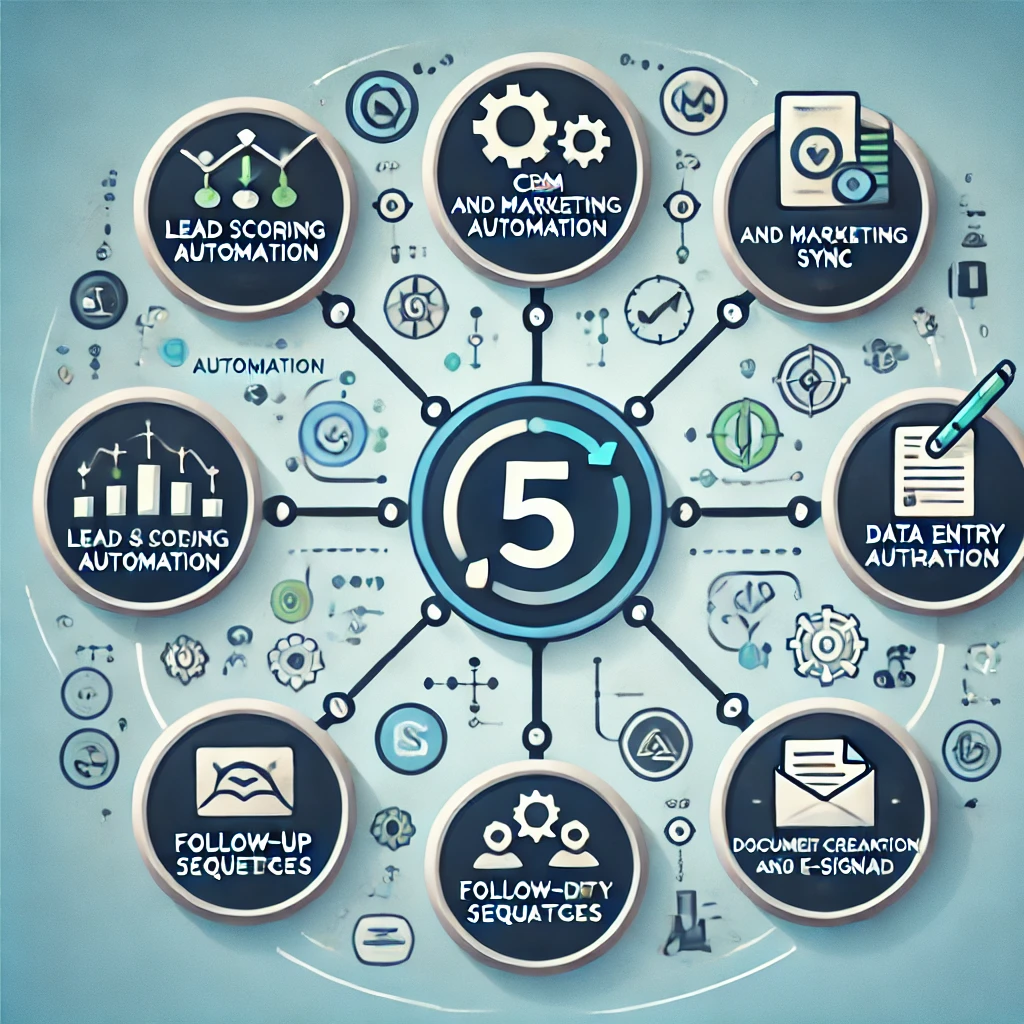
One Comment